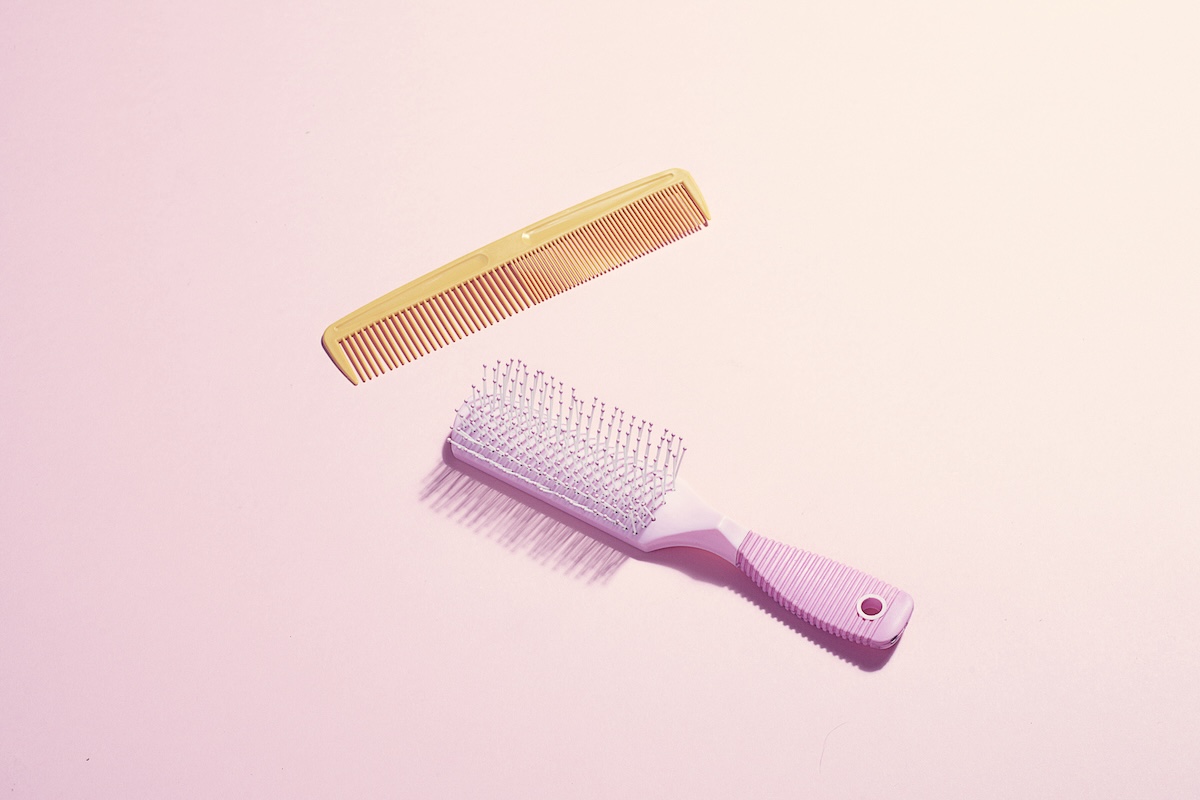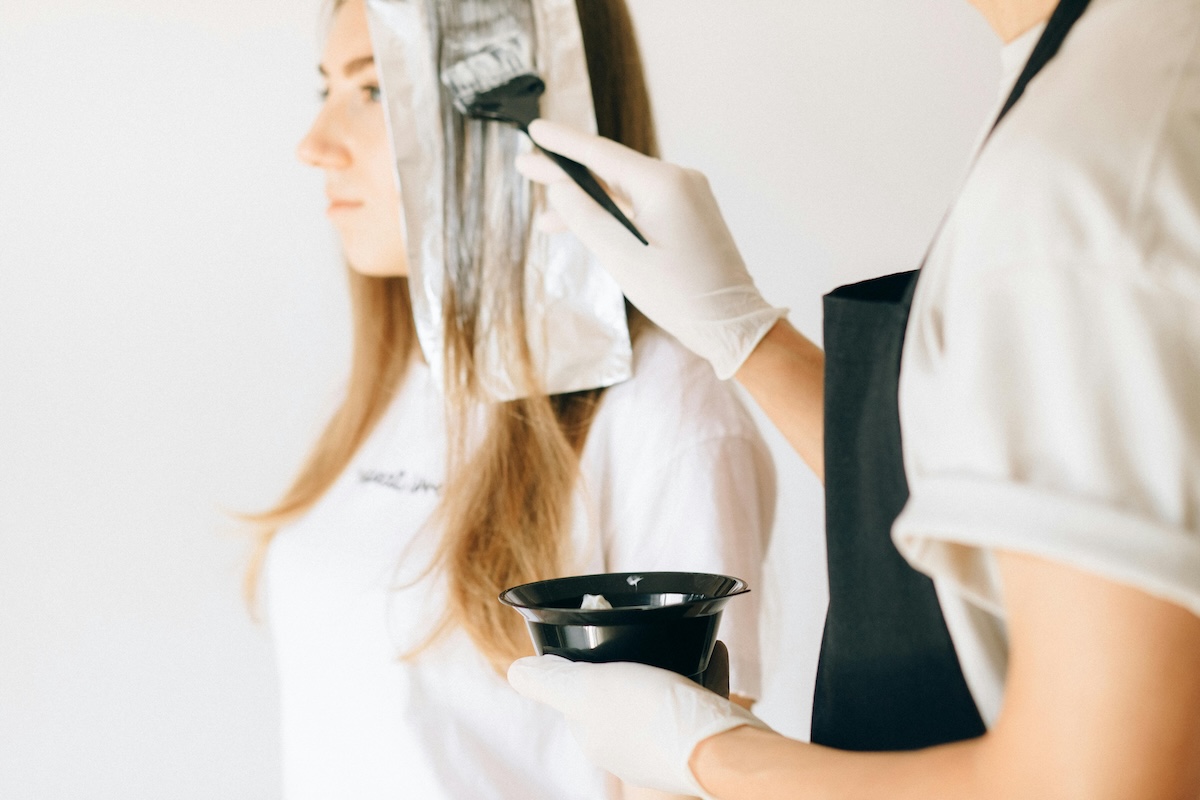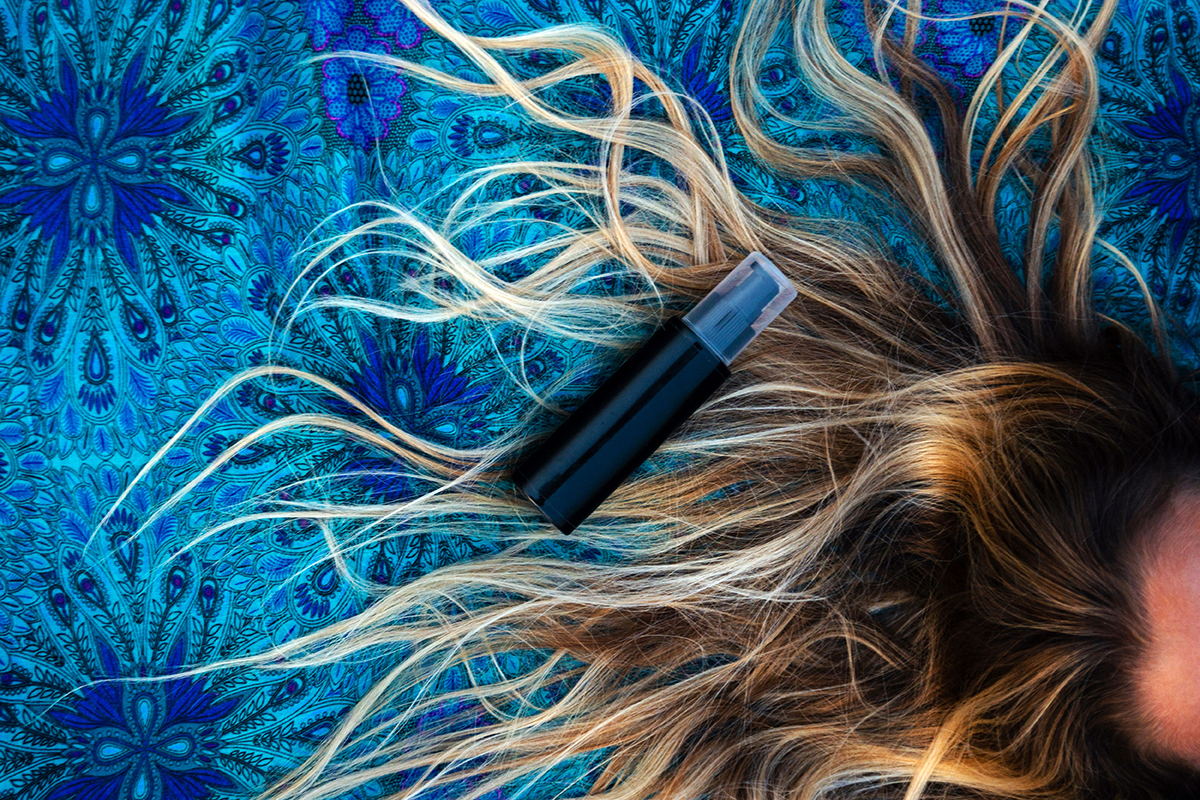How do you recognize perimenopausal hair loss? I’m 46, and I’ve been losing more hair than usual over the past two years. However, it comes out in very ordinary ways — when I brush it, when I run my fingers through it — just in higher volume than before. Is that what it looks like: an overall thinning, rather than chemo-style clumps? When should I consider treatment? What I’m experiencing is annoying but not unmanageable, though I suppose I would be alarmed to learn that what I’ve lost won’t cycle back. (There are definitely shorter strands throughout my hair that suggest some of them are.)
—Lela
It can be extremely anxiety-provoking to see hair coming out in the brush and shower and on your clothes in greater quantities. It’s easy to worry that it won’t stop. (And society is kinder to balding men than to balding women.)
Hair follicles follow a cycle that has three phases: anagen, catagen, and telogen. During anagen, hairs grow. Anagen lasts two to six years, and about 90% of scalp hairs are in anagen at any given time. During catagen, the hair follicle transforms in ways that are microscopic, but the hairs don’t grow. Catagen lasts a few weeks, and only about 1% of hairs are in catagen at a given time. Telogen is the resting phase. Hairs are in telogen for two to three months, and about 10% of hairs are in telogen at a given time. Telogen ends with the hair shedding, so a certain amount of shedding is normal. In a healthy follicle, anagen will then resume.

Estrogen acts on the hair follicle and prolongs the anagen phase and decreases the number of hairs in telogen. This becomes especially obvious during pregnancy, when fine-haired women, like me, enjoy thick, lustrous hair. When estrogen levels drop precipitously, such as after pregnancy or when stopping a birth control pill, many hair follicles move into telogen all at once and women can experience a big shed called telogen effluvium.
In perimenopause, estrogen levels drop, but levels of male hormones, called androgens, can remain elevated. This shift leads some follicles to become inactive. Those that are active produce thinner hairs. Both of these changes lead to an overall loss of hair volume that you might experience as a decrease in the diameter of your ponytail. This process especially affects the hair follicles on the crown and temples. Often women will note more scalp visible in those areas. Medications like minoxidil work by recruiting those dormant hair follicles and getting them back to work.
The upshot: Hair shedding is a normal part of the hair cycle. Female pattern hair loss results in a loss of hair volume that you might notice as a smaller ponytail, and as focal thinning at the temples and crown.
Community Guidelines



















Log in